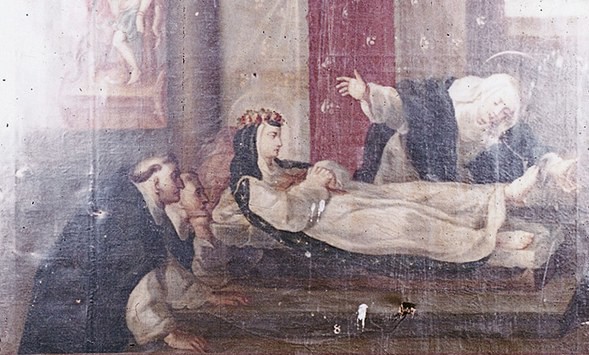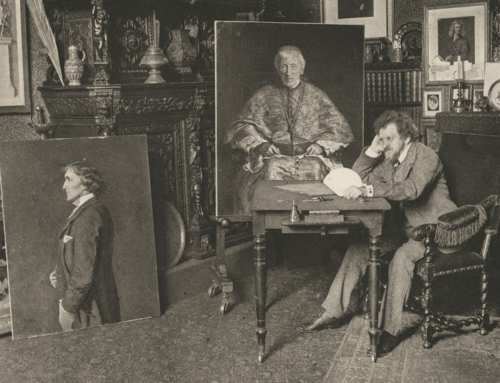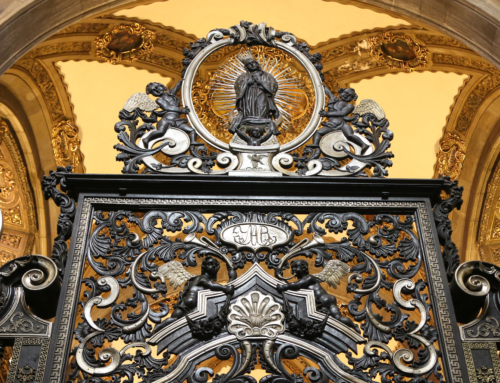Bl. Raymond of Capua, friend and biographer of St. Catherine of Siena, concludes the middle part of his Life of Catherine with an account of a pilgrimage she made to Montepulciano. “It was revealed to Catherine,” he writes, “that in the Kingdom of Heaven she was to be put on a level with the blessed Sister Agnes of Montepulciano” (who had died about 150 years earlier). So Catherine wanted “to visit that Sister’s relics, in order to enjoy already here below some foretaste of the fellowship she was to have with her in everlasting life.”
When Catherine arrived at the monastery, she and her fellow pilgrims made their way to the body, which was preserved incorrupt. Catherine knelt down to kiss the saint’s feet, but before she could bow low enough, one of the feet raised itself toward Catherine’s face.
Raymond saw a special meaning in the fact that only one foot was raised. He thought that Agnes was preempting the skeptics: “If she had raised up both together, some people might have thought that this had happened in a merely natural or accidental fashion, considering that the body was stiff and lifeless—as if some pressure had chanced to come upon its upper part and so had caused the lower extremities to rise.” Still, when investigating the occurrence, Raymond did encounter skepticism, even among the Sisters at the monastery.
Gathering the Sisters into the Chapter-room, Raymond inquired into the truth of the matter. Eventually he singled out one of the Sisters who most adamantly denied the miracle, and she confessed that the event had indeed happened, just as the others had said, and tried to justify herself by saying that the intention of Agnes in working the miracle was not what the others interpreted it to be. To which Raymond responded, “Dearest Sister, we are not asking you anything about Agnes’s intention; for as far as we know you are neither her counselor nor her secretary.”
Perhaps the Sisters were arguing about whether the favor shown to Catherine had ramifications for the politics of the monastery. Regardless, Raymond was probably right to caution against over-interpretations. Better to let the brief meeting between Catherine and Agnes shine forth in all its noble simplicity. The miracle itself was not great—the slight movement of a foot—but the scene betrays a kind of divine tenderness. This event is a mix of ordinary affection and extraordinary circumstance that characterizes another great scene of sisterly love: the visitation of the Blessed Virgin to St. Elizabeth.
But if an interpretation must be given: divine charity is not beyond small kindnesses. Even little displays of affection can provide a foretaste of the fellowship the saints enjoy in everlasting life.
✠
Image: Carlos de Villalpando, Catherine saves the victim of a collapsed building, visits the Tomb of Agnes of Montepulciano, and Intercedes for Sinners (photograph)







